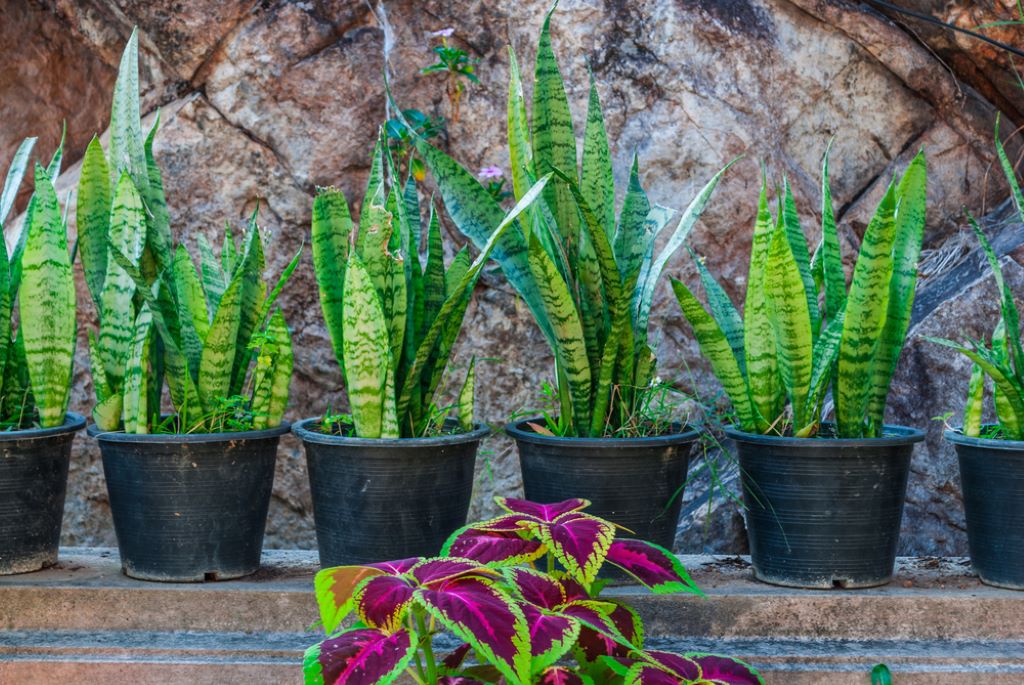
Is Snake Plant Low Light?
Snake Plant, scientifically known as Sansevieria, is a popular indoor plant that is praised for its unique beauty and numerous health benefits. This hardy plant is loved by both beginners and experienced plant enthusiasts alike, mainly due to its ability to thrive in a wide range of light conditions. If you are looking to develop gardening skills, you should definitely consider getting a snake plant. They are relatively easy to care for and can tolerate a variety of conditions, making them a forgiving plant for beginners.
Understanding Snake Plant
Before we dive into the details of snake plant’s light requirements, let’s familiarize ourselves with this remarkable plant. Snake plants are native to West Africa and are well-known for their long, sword-shaped leaves that grow upright in a rosette pattern. These leaves often display beautiful variegation, with patterns of yellow or white contrasting against the deep green foliage.
Apart from their aesthetic appeal, snake plants also offer a range of benefits. They are renowned for their air-purifying properties, as they can remove toxins such as formaldehyde, xylene, and benzene from the air. Additionally, snake plants, also known as indoor tree low light, are known to emit oxygen at night, making them an ideal choice for bedrooms or other areas where air quality is critical.
Light Requirements of Snake Plants
Snake plants are often touted as low light plants, but what does that actually mean? The term “low light” can be a bit misleading, as it doesn’t mean the plant can survive in complete darkness. Instead, it refers to the plant’s ability to tolerate lower light levels compared to other plants.
In its natural habitat, snake plants grow under the canopy of trees, where they receive filtered or indirect sunlight. Therefore, they have adapted to thrive in lower light conditions. However, this does not mean they can survive in complete darkness or without any light at all.
Low Light Conditions for Snake Plants
Snake plants can tolerate a wide range of light conditions, making them an excellent choice for those with less-than-ideal lighting situations in their homes or offices. Here are some situations where snake plants can thrive:
- Low Light Areas: Snake plants can tolerate dimly lit spaces with minimal natural light, such as bathrooms or hallways without windows. While they may not grow as quickly in these conditions, they can still survive and maintain their beautiful appearance.
- Indirect Light: Snake plants thrive in spaces with indirect light, which refers to sunlight that has been filtered or blocked by another object. Placing them near a window with a sheer curtain or in a well-lit room away from direct sunlight is ideal.
- North-Facing Windows: North-facing windows receive the least amount of direct sunlight throughout the day. Snake plants placed near these windows can flourish as they are shielded from intense sunlight.
Care Tips for Snake Plants in Low Light
While snake plants are adaptable to low light conditions, there are some care tips you can follow to ensure their optimal growth and overall health:
- Rotate the Plant: If your snake plant is positioned in an area with limited light, consider rotating it every few weeks. This will ensure even exposure to light, preventing the plant from leaning towards the light source.
- Avoid Overwatering: Like most succulent plants, snake plants are prone to rot if overwatered. In low light conditions, their growth slows down, so they require less frequent watering. Ensure the soil is completely dry before watering again to prevent root rot.
- Use Well-Draining Soil: Plant your snake plant in a well-draining potting mix to ensure excess water can flow freely. This will help prevent waterlogged soil, which can lead to root issues.
- Avoid Cold Drafts: Snake plants are sensitive to cold temperatures. Keep them away from drafty areas, especially during winter months, as this can cause damage to their leaves.
- Clean the Leaves: Regularly dust the leaves of your snake plant with a soft cloth or gently wipe them with a damp cloth. Dust buildup can hinder the plant’s ability to photosynthesize and may affect its overall health.
In conclusion, snake plants are indeed adaptable to low light conditions. While they prefer bright, indirect light, they can thrive in areas with minimal light as well. Their ability to tolerate various light levels makes them a popular choice for indoor plant enthusiasts. By understanding their needs and following simple care tips, you can successfully grow and enjoy the beauty of snake plants in your home or office.
FAQs About Snake Plant Light Requirements
Q: Can snake plants survive in complete darkness?
A: No, snake plants require some form of light to survive. While they can tolerate low light conditions, completely depriving them of light will eventually cause them to wither and die.
Q: How often should I rotate my snake plant to ensure even growth?
A: It is recommended to rotate your snake plant every two to four weeks. This will prevent it from leaning towards the light source and ensure balanced growth.
Q: Are snake plants suitable for offices with fluorescent lighting?
A: Yes, snake plants can adapt to fluorescent lighting commonly found in office environments. However, make sure to allow the plant to receive indirect or filtered natural light whenever possible.
Q: Can I place my snake plant directly in front of a south-facing window?
A: While snake plants can tolerate bright, indirect light, placing them in front of a south-facing window with intense sunlight may cause their leaves to scorch. It is best to position them slightly away from the window or use a sheer curtain to filter the light.
Q: Do snake plants require any special lighting during the nighttime?
A: No, snake plants do not require any special lighting during the nighttime. They can adapt to natural light cycles and continue to thrive without the need for artificial lighting.
Now that you have a better understanding of snake plants and their light requirements, you can confidently incorporate these stunning plants into your indoor spaces, regardless of the light conditions. Enjoy the beauty and benefits that snake plants bring to your surroundings!




